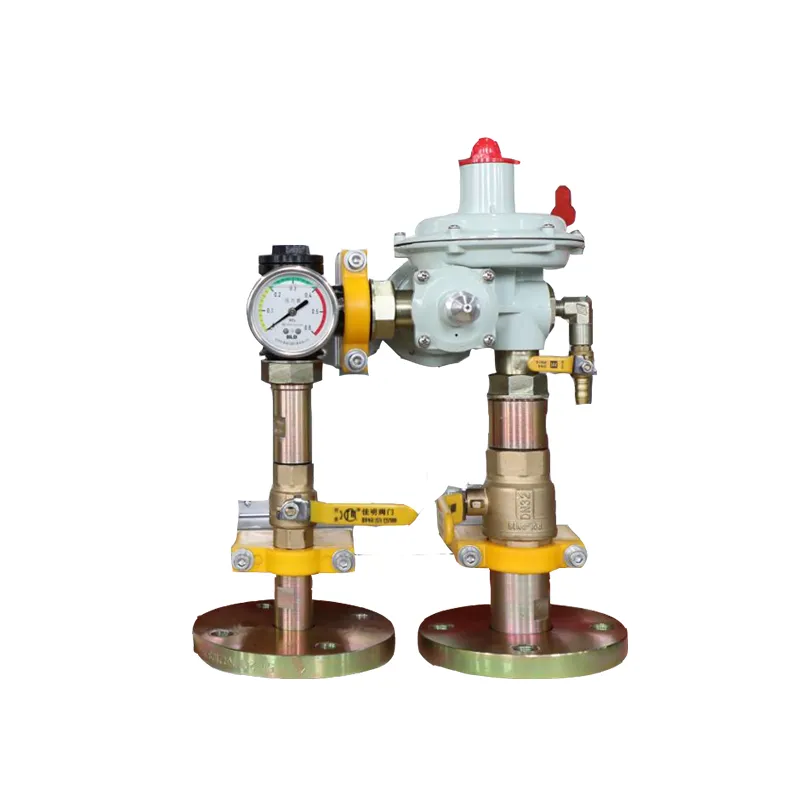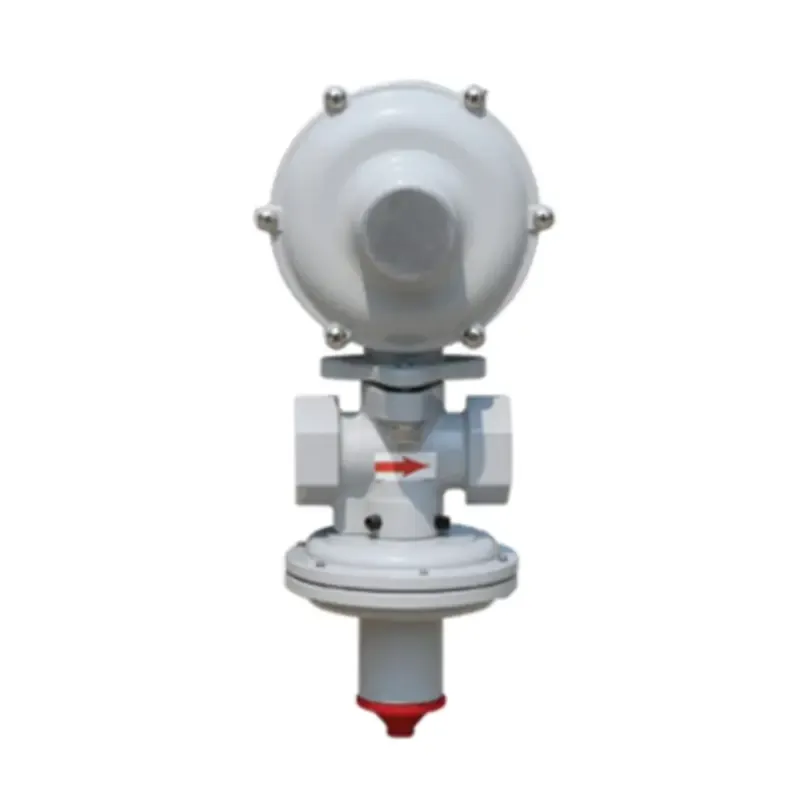
Jan . 25, 2025 22:58
Back to list
filter separator
Gas pressure reduction stations, often known as PRS, play a critical role in the natural gas supply chain by ensuring that the pressure of the gas entering local distribution networks or end-user facilities is at the appropriate levels for safe and efficient use. The significance of these stations goes beyond mere pressure control; they are vital to maintaining system integrity and operational efficiency in the entire gas distribution network.
Given the essential role these stations play, having a well-rounded maintenance and inspection regimen is not just recommended, it is obligatory. PRS units are subject to environmental changes and material fatigue over time, making regular inspection, testing for leaks, and component servicing imperative. Employing advanced diagnostic tools and modern monitoring technology can significantly enhance operational reliability and safety. A high-performing PRS can only be achieved through expert design and diligent operational attention. Installation should be carried out by professionals with extensive experience in pipeline systems and pressure management. Moreover, keeping abreast of technological advancements in materials, control systems, and operational software can boost the efficiency and reliability of gas pressure reduction stations. For instance, smart technologies and IoT solutions can offer real-time monitoring and predictive maintenance, significantly reducing downtime and operational risks. In this vein, authoritative sources and professional bodies offer indispensable guidance and standards for designing, operating, and maintaining gas pressure reduction stations. Compliance with international guidelines and certifications, such as those from the American Petroleum Institute (API) or the International Organization for Standardization (ISO), can enhance the credibility and trustworthiness of a PRS installation. For businesses seeking to optimize their gas consumption, investing in an expertly designed and meticulously maintained gas pressure reduction station is not merely an option but a necessity. Such stations do not only ensure continuity and safety in operations but also pave the way for energy efficiency and cost savings. In an industry where trust equals success, maintaining a high standard of operation for PRS units directly translates into increased trust from partners, regulators, and end-users alike.


Given the essential role these stations play, having a well-rounded maintenance and inspection regimen is not just recommended, it is obligatory. PRS units are subject to environmental changes and material fatigue over time, making regular inspection, testing for leaks, and component servicing imperative. Employing advanced diagnostic tools and modern monitoring technology can significantly enhance operational reliability and safety. A high-performing PRS can only be achieved through expert design and diligent operational attention. Installation should be carried out by professionals with extensive experience in pipeline systems and pressure management. Moreover, keeping abreast of technological advancements in materials, control systems, and operational software can boost the efficiency and reliability of gas pressure reduction stations. For instance, smart technologies and IoT solutions can offer real-time monitoring and predictive maintenance, significantly reducing downtime and operational risks. In this vein, authoritative sources and professional bodies offer indispensable guidance and standards for designing, operating, and maintaining gas pressure reduction stations. Compliance with international guidelines and certifications, such as those from the American Petroleum Institute (API) or the International Organization for Standardization (ISO), can enhance the credibility and trustworthiness of a PRS installation. For businesses seeking to optimize their gas consumption, investing in an expertly designed and meticulously maintained gas pressure reduction station is not merely an option but a necessity. Such stations do not only ensure continuity and safety in operations but also pave the way for energy efficiency and cost savings. In an industry where trust equals success, maintaining a high standard of operation for PRS units directly translates into increased trust from partners, regulators, and end-users alike.
Latest news
-
Safety Valve Spring-Loaded Design Overpressure ProtectionNewsJul.25,2025
-
Precision Voltage Regulator AC5 Accuracy Grade PerformanceNewsJul.25,2025
-
Natural Gas Pressure Regulating Skid Industrial Pipeline ApplicationsNewsJul.25,2025
-
Natural Gas Filter Stainless Steel Mesh Element DesignNewsJul.25,2025
-
Gas Pressure Regulator Valve Direct-Acting Spring-Loaded DesignNewsJul.25,2025
-
Decompression Equipment Multi-Stage Heat Exchange System DesignNewsJul.25,2025

